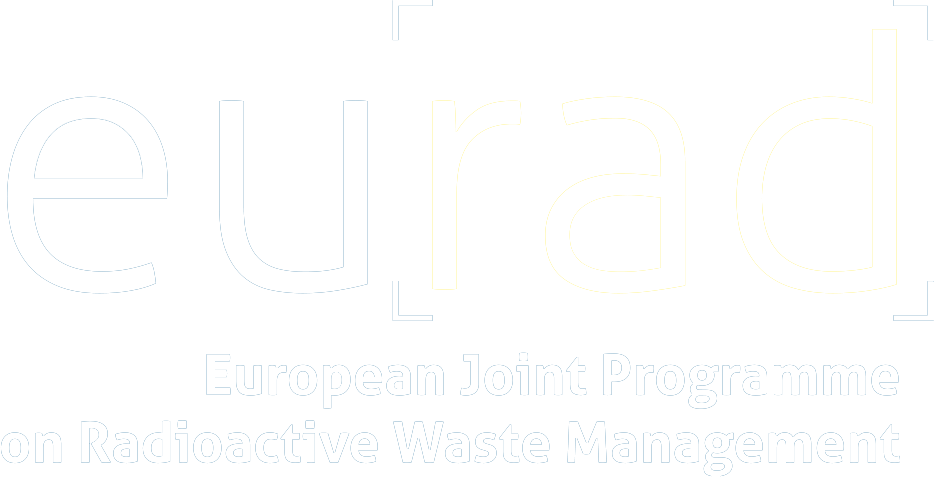The program consists of hour-long lectures and practical trainings where the participants had the opportunity to handle experimental data and practice on different software. The tutors are experts in the field of different modelling codes. The program lasted five days, each day had a different topic and theme. The course provided training sessions for some of the more widely-used codes (PHREEQC, GEMS and ORCHESTRA, and their coupling with transport models, as HPx) between which the participant could choose. During practical trainings I learned PHREEQC. I have been a research associate at the Centre for Energy Research since February 2022, where I started to work with total reflection X-ray fluorescence (TXRF) and micro-X-ray fluorescence (µ-XRF) spectrometry. I used them to study the sorption of cobalt on Boda claystone. My study is centred on the sorption and diffusion of cobalt ions on the potential host rock of a high-level radioactive waste repository. I also started investigating the sorption of nickel concerning cobalt. The opportunity for this training course was helpful in expanding my knowledge and expertise in geochemical and coupled reactive transport modelling, which will help in my following studies.
My final conclusion about the course is that it was incredibly important to further expand my knowledge on this subject. The presentations were given by experts, who helped me to get the most up-to-date information possible regarding geological disposal systems.
Geochemical & Reactive Transport Modelling for Geological Disposal
Start date:06/02/2023
End date: 10/02/2023
Beneficiary: Fruzsina Szabó
Location: University of Bern
EURAD Work Packages involved
WP GAS


